In Brief:
Andalusia, Ala., is “90 miles from everywhere,” says Earl Johnson, the longest-serving mayor in its history. It’s about 90 miles from the city of 10,000 to the state capital, Montgomery, the port city of Mobile or beaches on the Florida Panhandle.
That doesn’t mean Andalusia isn’t thriving and self-sufficient. Johnson is taking full advantage of revisions to the Alabama Constitution that allow his city to enter into partnerships with private entities, bringing new life to historic buildings and creating public spaces to enjoy art and nature.
Andalusia is Johnson’s hometown. He opened a law office in the city in 1974 and still practices the profession. He first ran for mayor in 2000 and has been in office ever since, with the exception of one four-year term. Johnson ran without opposition in his last two races. (“I recommend that,” he jokes.)
From his earliest days, Johnson was committed to revitalization. Initially, his push to invest in renewal was met with a lukewarm reception, if not pushback, from some in his community.
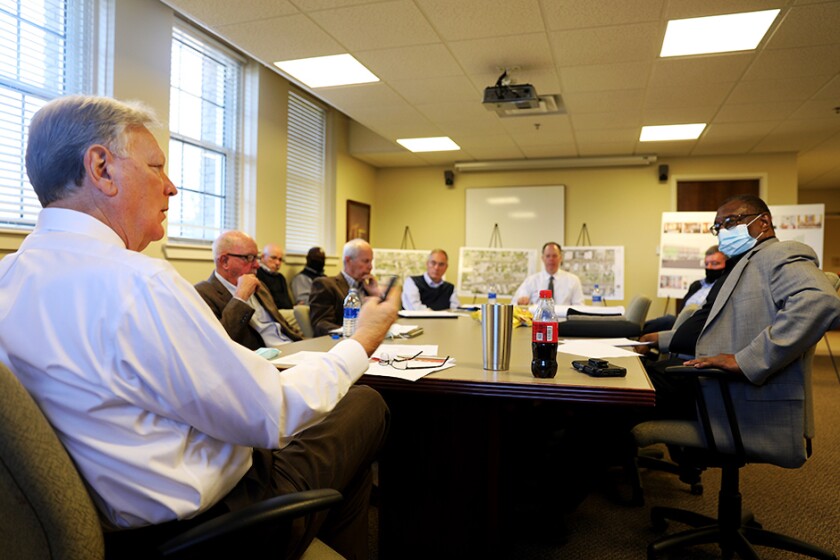
(City of Andalusia)
People Retire, Cities Cannot
One in 5 residents of Covington County, where Andalusia is located, is 65 or older. “What old people want to do is sit and watch TV, look out the window and not spend money. They wanted city hall to do the same,” he says.
In all of his early speeches Johnson made the point that a city can’t “retire.” It either moves forward or it gets left behind and dies. Growth requires investments in jobs, modern communications, hospitals, schools and transportation.
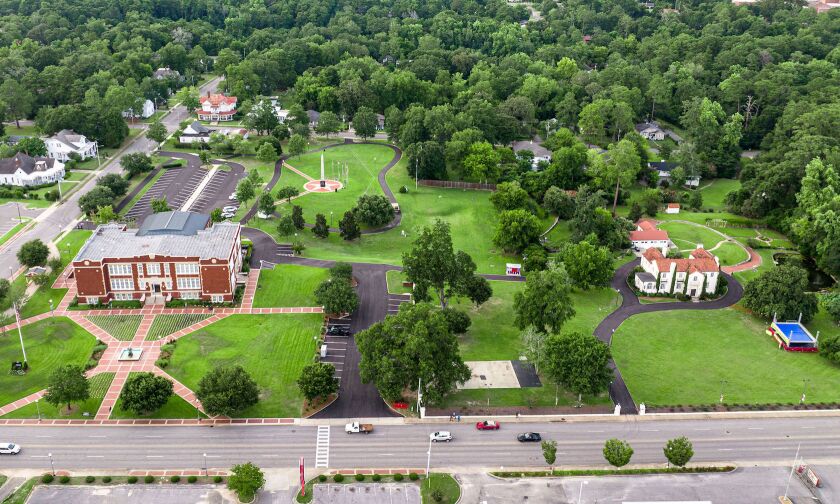
(City of Andalusia)
A Tale of Two Schools
Johnson’s first opportunities to show Andalusians what was possible involved two elementary school buildings on opposite sides of town. Built in the early 20th century, both had been closed and replaced by a new building that served both student populations.
“We had two old buildings that were architecturally beautiful, sitting there with nothing in them,” Johnson recalls. The city was paying on a bond for the new building, and he convinced the school board to gift the properties to the city.
The existing city hall, built in the 1940s, was no longer adequate for city operations. Johnson led the conversion of East Three Notch Elementary into a modern city hall, retaining its historic features. The project, which took four years to complete, included creating a Veterans Memorial Park on several acres of land that came with the building, now home to an obelisk bearing the names of Covington County’s war dead.
The other property, the Church Street Elementary School, was still unoccupied and “going down,” Johnson says. He put out a request to the public, asking anyone who had a use for the building to make a proposal to the city.
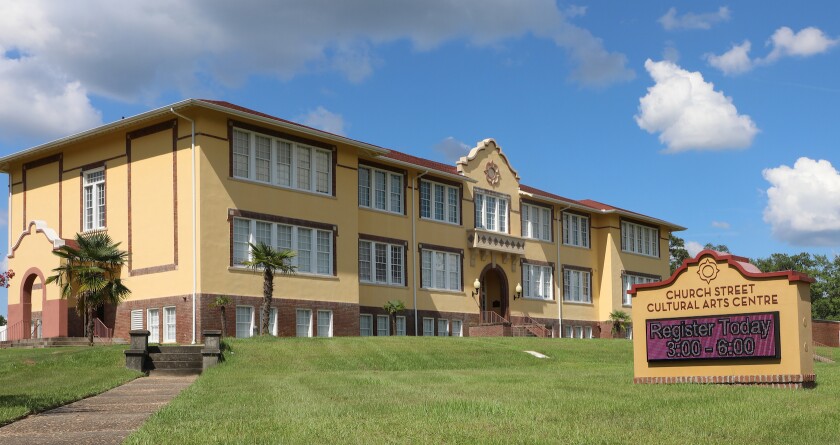
(City of Andalusia/Gerry Richards)
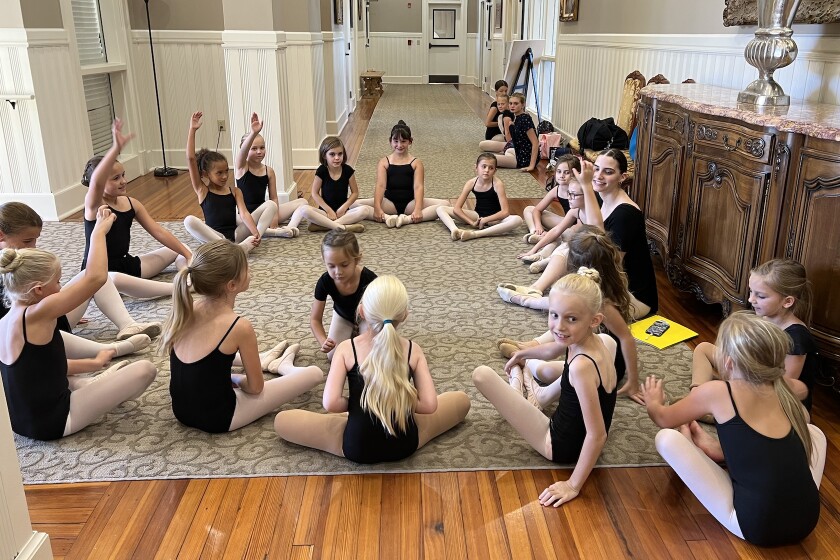
(Andalusia Ballet Association)
Dancing into Revitalization
A woman who had relocated to Andalusia from Nashville, Meryane Murphy, came forward. A former professional ballet dancer, she’d built a teaching practice in Andalusia and wanted to use the Church Street building as a ballet school.
The city put up a million dollars toward the renovations, and the board of directors for Murphy’s nonprofit, the Andalusia Ballet Association, raised an equal amount. The Church Street Cultural Arts Centre, the ballet’s new home, opened in 2011. The school has a 30-year lease on the building and the city is crediting its investment in renovations toward the lease.
“On a typical afternoon, there will be about five classes going on with children or teens,” Murphy says. A room with a grand piano is used for voice and piano lessons. Students are coming from all over South Alabama.
The building has also become a place for art classes, musical and play rehearsals and chamber music concerts. A working kitchen in the basement is used for culinary classes and to provide refreshments for fundraising events.
Before the arts center opened, the neighborhood around it was moving in a bad direction. Now rundown homes are being restored and new ones are being built, says Murphy. “The whole area is being elevated because of the investment the city made in the old school.”
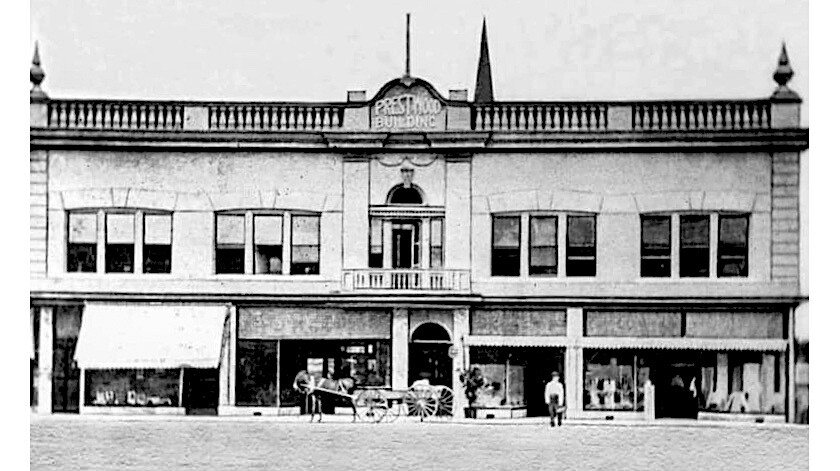
(City of Andalusia)
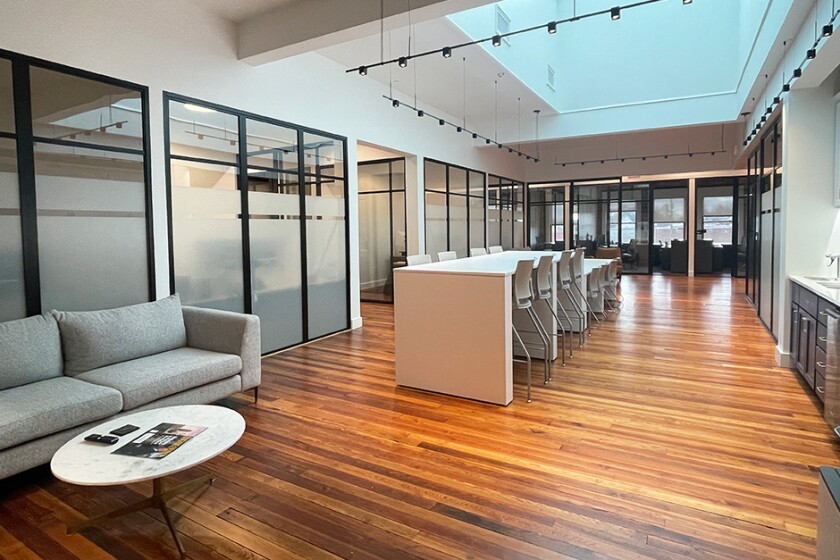
(City of Andalusia)
A Destination, Not a Way-Stop
Andalusia isn’t a bedroom community. Shaw Industries, one of the world’s largest carpet manufacturers, has a large plant in town that makes fiber. PowerSouth, an electricity generation and transmission cooperative serving members in Alabama and Florida, has headquarters in the city. So does Southeast Gas, which provides natural gas to 18 counties in southeast Alabama.
“We’re a real town with jobs, and people who work in the same place that they live in,” says Johnson. As the town grows, the mayor wants to ensure that it keeps its character and personality. He’s enlisted an architect and community planner, Steven Bingler, to create a master plan that will make this possible.
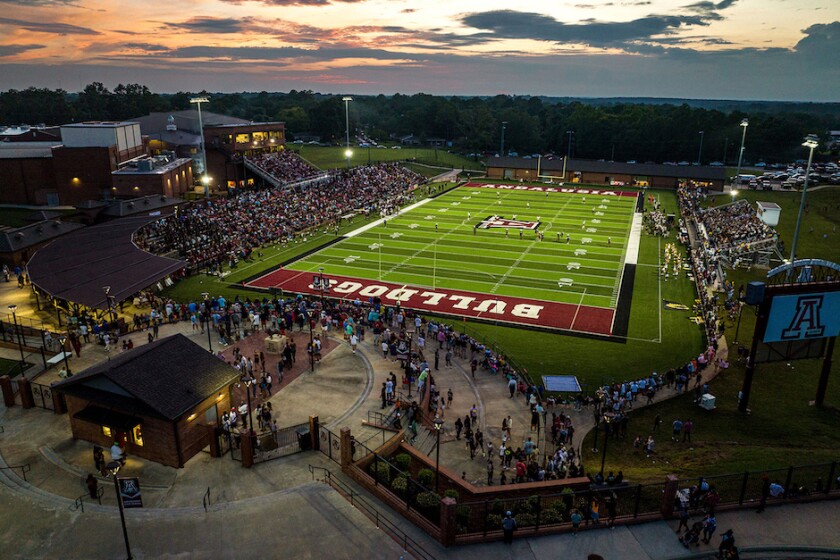
(City of Andalusia)
Flooding In
Bingler created the plan for post-Katrina recovery efforts in New Orleans, experience which isn’t irrelevant in Andalusia.
In low-lying areas in the region, flood insurance can cost as much as $30,000 a year, Bingler says. People are beginning to relocate, and Andalusia is one of the places that is becoming what he calls a “receiving” city.
This trend isn’t a major factor in Mayor Johnson’s growth plan, but he knows it’s there. Andalusia is hundreds of feet above sea level, but it can be in the path of gulf storms. Bingler’s experience can inform how best to plan for those eventualities.
Recently, Bingler has been helping the mayor transform a group of neglected buildings on the town square. The city was able to acquire them at a good price from a landowner who had fallen into tax trouble.
Through public-private partnerships, the upper floor of one, the Prestwood Building, is now headquarters for CDG, a regional engineering firm (another partner in the mayor’s projects). Renovations are being completed on the ground floor to accommodate an Italian restaurant and a clothing store.
Johnson wants Andalusia to be a “destination city,” not just a stop on the way to the beach. An annual Christmas event, "Candyland," is a magnet for visitors. He envisions more large-scale events in the future.
Bingler has drawn up plans for a Heritage Park in the center of town. Following a process he used in post-Katrina planning, he ran surveys and town hall meetings to find out what community members would want from it. An abandoned train station in the area, included in the multibuilding purchase, will become a restaurant opening onto the park.

(City of Andalusia)
Making People Mad
In its early years, Andalusia’s growth was fueled by textile and timber industries. These faded away over the years, and for a time the city was struggling to survive. “We figured out that we had to do something to save our city, to think outside the box a little bit,” Johnson says.
It can be difficult to get elected officials to do this, he acknowledges. “They’re afraid they’ll make somebody mad, but if you’re going to be in public office, you’re going to make somebody mad — you can count on that.”
Murphy sees Johnson as visionary, benefiting from the support of good people on the City Council and in the community. “We have a good thing going right now,” she says. “We’re just going to try to keep it.”
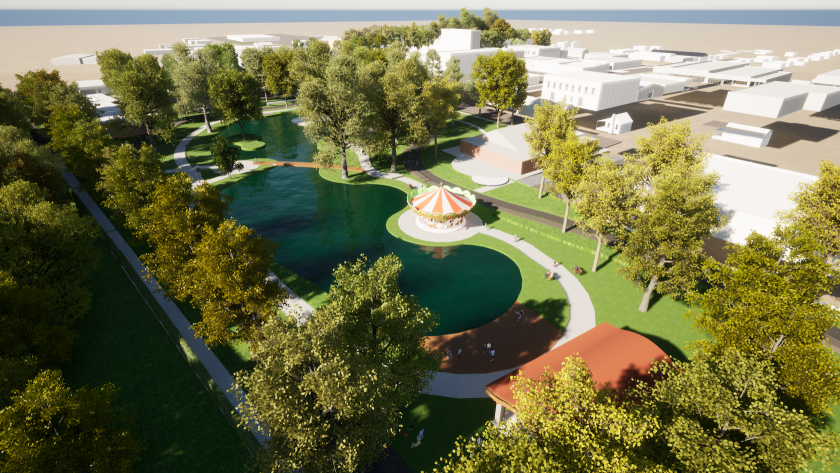
(Concordia)












